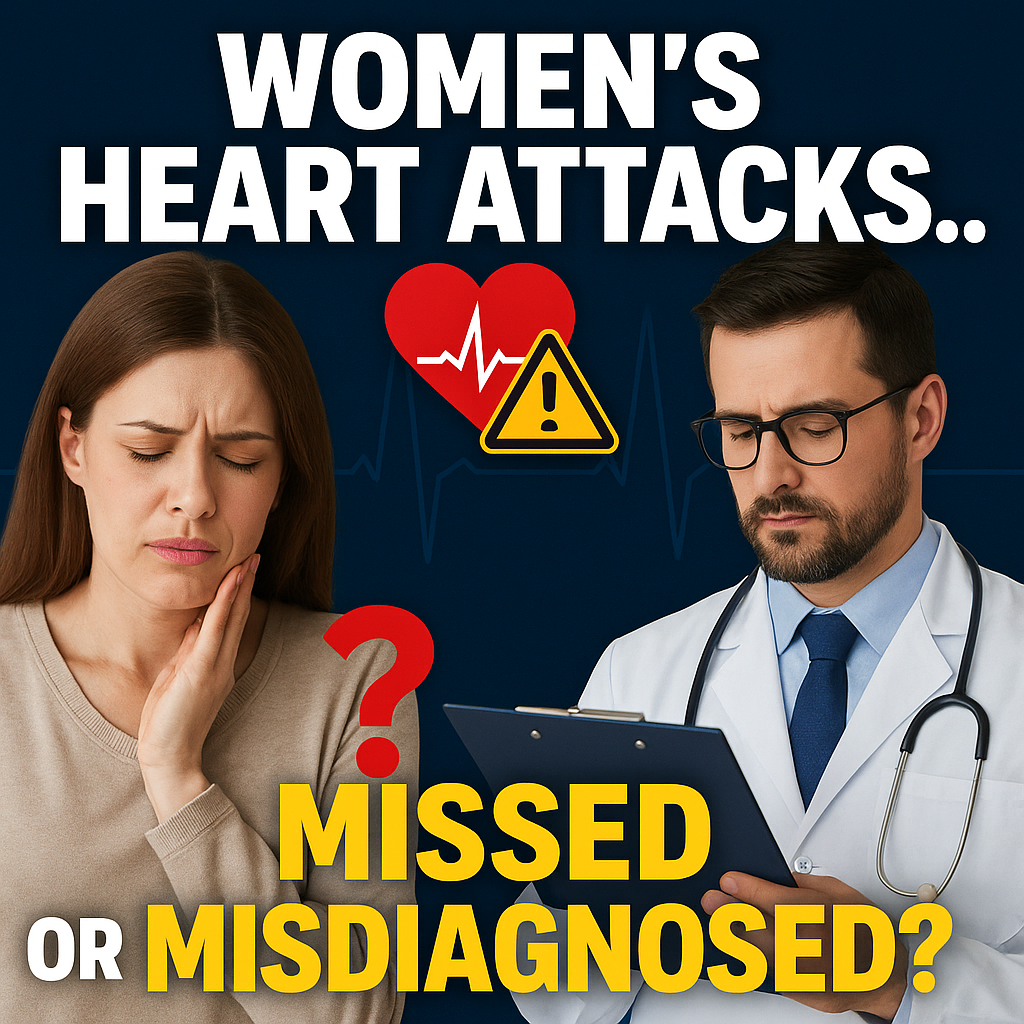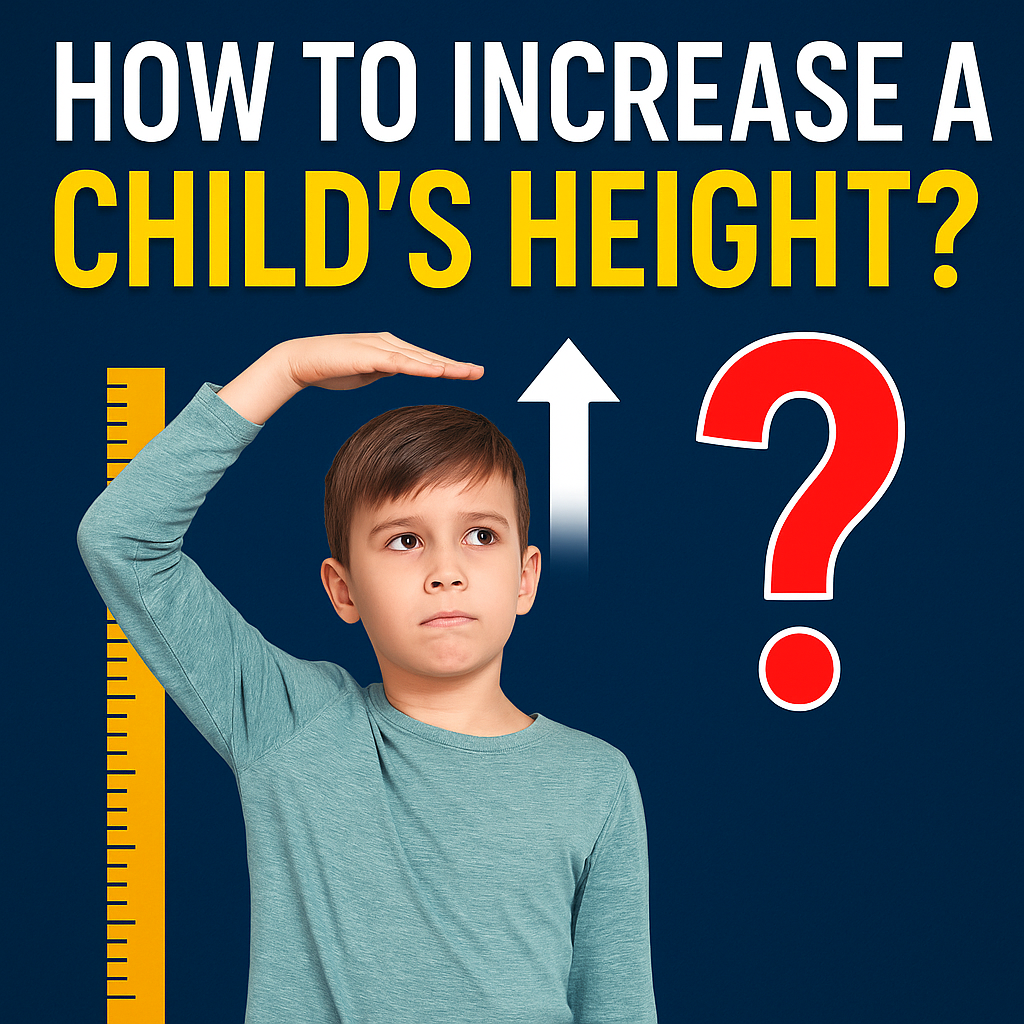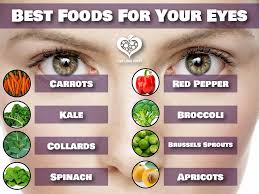Why Women’s Heart Attacks Look Different – And Go Undiagnosed

Heart disease is often seen as a man’s problem. But here's the truth: heart disease is the No.1 killer of women worldwide. In fact, it causes more deaths each year in women than all forms of cancer combined. Yet, many women don’t recognize the signs of a heart attack — and neither do many doctors. Why? Because women’s heart attacks often look very different from men’s, leading to misdiagnosis, delays in treatment, and even preventable deaths.
This article explores why women’s heart symptoms are often overlooked and how women can protect themselves by recognizing the unique signs their hearts may be sending.
🩺 The Classic Heart Attack Symptoms – and the Problem with Them
When most people think of a heart attack, they imagine the “Hollywood heart attack”: a man clutching his chest in pain, possibly falling to the floor.
This is based on the classic symptoms, which include:
Intense chest pain or pressure (like an elephant sitting on the chest)
Pain radiating down the left arm
Shortness of breath
Sweating
Nausea
While these symptoms can occur in women, they’re less common. In fact, many women don’t experience chest pain at all during a heart attack — a fact that confuses both patients and doctors.
💡 How Women’s Heart Attack Symptoms Are Different
Here are some common symptoms women are more likely to experience:
1. Unusual Fatigue
A crushing tiredness that doesn't go away with rest
Often mistaken for stress, aging, or lack of sleep
2. Shortness of Breath
Even without chest pain
Can happen at rest or during light activity
3. Indigestion or Nausea
Feels like heartburn or stomach upset
May be dismissed as a digestive issue
4. Pain in the Neck, Jaw, Back, or Shoulders
Subtle, creeping pain — not sharp or intense
Easily mistaken for muscle strain or tension
5. Lightheadedness or Dizziness
A sense of passing out or feeling faint
6. Sweating (But Not in the Same Way)
Women often report cold, clammy sweating, unlike the heavy sweating men may have
These symptoms are more vague and less dramatic, which leads many women to ignore them or delay seeking help.
🧬 Why Are Symptoms Different in Women?
Several factors contribute to the difference in symptoms:
✅ 1. Biological Differences
Women’s hearts and arteries are smaller.
Plaque build-up in women is more likely to affect small arteries (microvascular disease), making blockages harder to detect with standard tests like angiograms.
✅ 2. Hormonal Influence
Estrogen protects pre-menopausal women to some extent.
After menopause, the risk increases sharply.
Hormonal shifts can change how symptoms are felt or reported.
✅ 3. Different Types of Heart Attacks
Women are more likely to suffer from Spontaneous Coronary Artery Dissection (SCAD) or broken heart syndrome (Takotsubo cardiomyopathy), both of which may not present with classic chest pain.
⚠️ The Diagnosis Gap: Why Women Are Misdiagnosed
A groundbreaking study published in the Journal of the American Heart Association revealed that women under 55 are more likely to be misdiagnosed than men when they go to the emergency room with heart attack symptoms.
Here’s why:
Many women downplay their symptoms or describe them differently (e.g., saying they feel “off” or “anxious” rather than “pain”).
Emergency room protocols and medical training are often based on male-centered research.
Symptoms like fatigue, nausea, or jaw pain are frequently attributed to stress, anxiety, or digestive issues.
📊 Alarming Stats You Should Know
1 in 3 women dies of cardiovascular disease globally.
Less than half of women experiencing a heart attack feel chest pain.
Women are 50% more likely to receive a wrong initial diagnosis than men.
Only 38% of participants in cardiovascular clinical trials are women — meaning most data is based on male responses.
❤️ What Women Should Do to Protect Themselves
✅ 1. Know Your Risk
Women often don’t think they’re at risk — especially younger women — but risk factors include:
Family history
High blood pressure
High cholesterol
Diabetes
Smoking
Obesity
Sedentary lifestyle
Menopause
Stress and depression
✅ 2. Listen to Your Body
If something feels “not right,” don’t ignore it. Trust your instincts. Subtle symptoms can be just as serious.
✅ 3. Advocate for Yourself in the ER
Don’t let anyone dismiss your symptoms as “just stress.” Clearly explain your symptoms and ask for:
An ECG
Blood tests for troponin (a marker of heart damage)
Consider asking about microvascular testing if pain is persistent
✅ 4. Get Regular Checkups
Routine screenings can help detect risk factors early — especially after menopause.
✅ 5. Live Heart-Healthy
Eat a balanced, low-sodium diet
Exercise regularly (30 minutes most days)
Manage stress through yoga, meditation, or walking
Quit smoking
Limit alcohol
Monitor blood pressure and cholesterol
🎗️ Real Stories, Real Lessons
Many viral awareness campaigns have featured real-life stories of women whose heart attacks were misdiagnosed — or nearly fatal — because they didn’t recognize the signs.
One 42-year-old woman shared that she felt like she had the flu and almost didn’t go to the hospital. It turned out she had 95% blockage in a major artery.
Another woman, age 38, felt back pain and fatigue for days — it was a heart attack. Because she was “too young,” her symptoms were dismissed.
These stories highlight how important it is to change the narrative around heart disease in women.



